Cascadia H.O.P.S. 2020
(High-Resolution Observations of Paleo Systems)
Oregon Oceangoing Research Vessel Program
July 7-13, 2020, Newport, OR
An expedition of the RV Oceanus to learn about the environmental, oceanographic, ice sheet, tectonic, and geomagnetic histories of the Pacific Northwest.
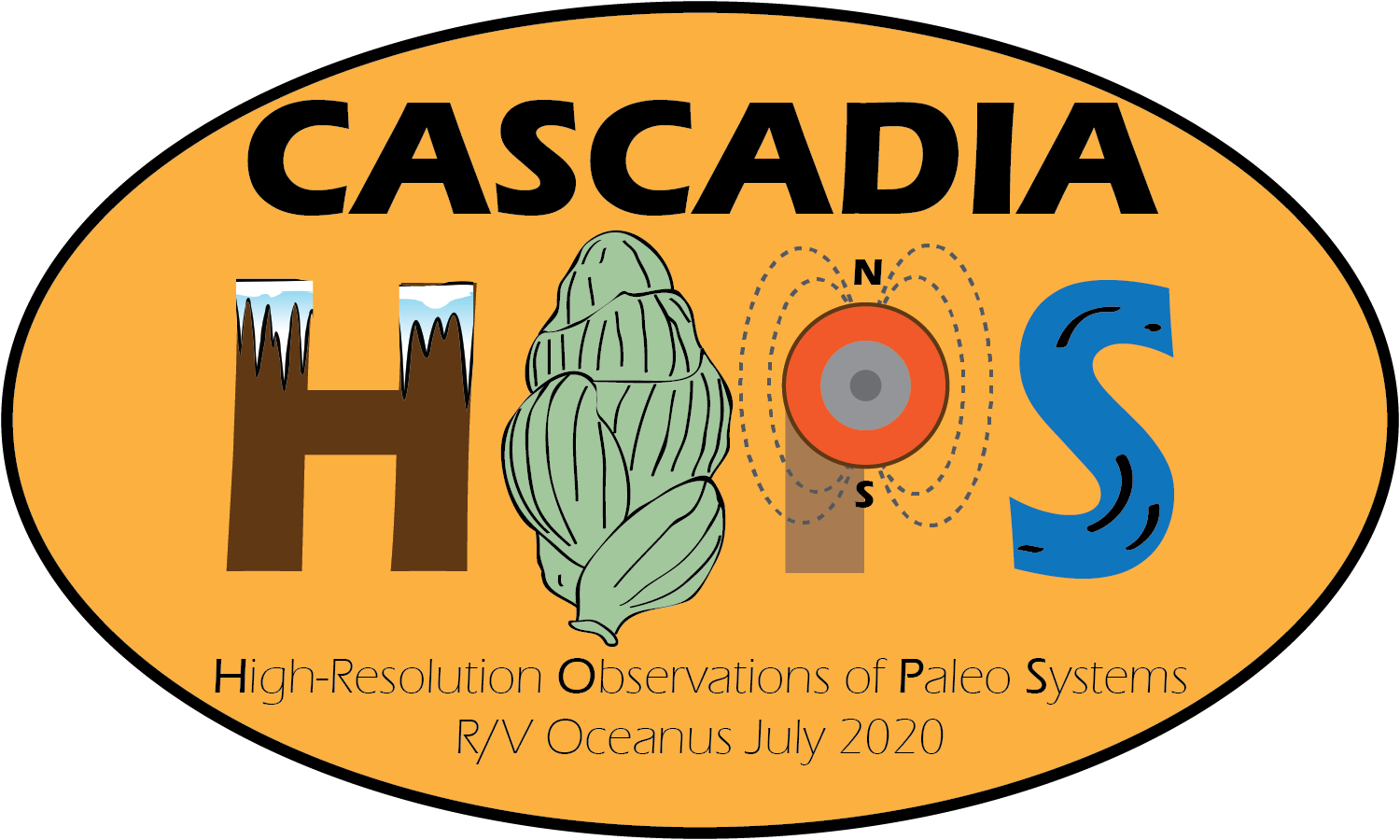
Cruise Events:
June 24 @ 4:00 – 4:45 PM via zoom: Careers in Science Investigation Webinar: Research at Sea, featuring Cascadia H.O.P.S. Co-Chief scientists Maureen Walczak and Brendan Reilly. Free event hosted by the Hatfield Marine Science Center, for students in Grades 6-12. Pre-registration is required. More information is available on the Oregon Sea Grant Website.
July 1 (1:00 – 2:00 PM): Pre-expedition Zoom meeting. Learn about cruise plan and objectives and ask the Chief Scientists questions. You can access the recorded meeting here.
July 6 (4:30 PM): Facebook Live Event from the Mobilization. Get a tour of the ship and meet the shipboard scientists. facebook.com/osuceoas
July 7: Sail from Newport, OR to first station. Participate in live chats with the shipboard scientists, follow the ship track, watch video from the ship, and see live data streams from the sub-bottom acoustic system.
How to Participate Remotely:
Keep up to date with the RV Oceanus! See what we see on the Bow Webcam. Check out our position here.
Join the scientific discussion and chat with the shipboard scientists during the expedition and ask questions through Google Chat. You will need to be invited and have a GMAIL or GSuite account to participate. Contact Brendan Reilly (btreilly@ucsd.edu) to request an invititation.
Join the daily update calls via zoom at 1215 PM, July 6-13 via Zoom (audio only). Contact us directly for more information (btreilly@ucsd.edu).
See live readouts of shipboard instruments through CORILOIX, the Acoustic Doppler Current Profiler (ADCP), the sub-bottom acoustic imaging, and the event logger.
Check for regular updates and pictures before and during the expedition on the expedition blog.
Follow some of the shipboard scientists on Twitter. Deepa Dwyer will be taking the lead on twitter (@Cel3st86), but you might also see a tweet or two from Brendan Reilly (@brendantreilly), Mo Walczak (@PaleoMo), or Alan Mix (@acm_at_osu).
About the Cascadia H.O.P.S. Expedition:
Scientists from Oregon State University, University of Oregon, Western Washington University, and University of California San Diego will be joining the Research Vessel Oceanus in Newport Oregon for the one week Cascadia H.O.P.S. expedition. The goal of this cruise is to collect seafloor sediment samples using a variety of sediment coring systems to learn about the history of the Pacific Northwest in times before there were written histories or even humans living in the region. Like tree rings or ice cores, as sediments slowly accumulate on the seafloor, they preserve a history of what is going on around them, like climate, oceanography, and the geomagnetic field.
We will primarily be targeting sediments deposited in isolated basins on the continental slope, which are protected from some of the more complicated sedimentary processes that can make it difficult to interpret climate reconstructions from sediment cores on active tectonic margins, like the Pacific Northwest.
Our team includes marine geologists, geochemists, and geophysicists, interested in past climate and oceanography, the dynamics of ice sheets during the last ice age, the carbon cycle, active tectonics, and Earth’s magnetic field.
Follow along using the above resources to learn more about how marine geologists sample the seafloor and what its like to work on an oceanographic expedition.
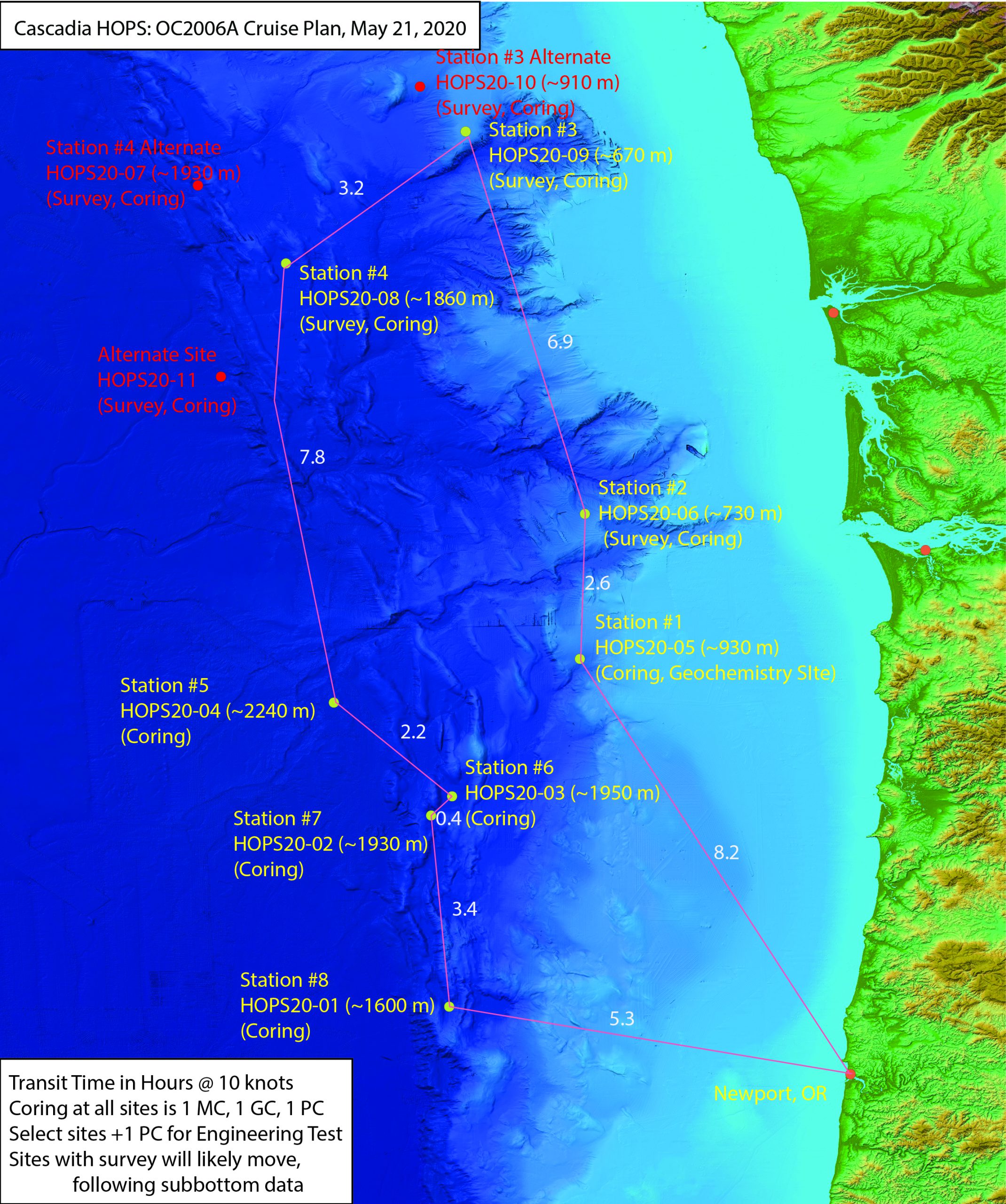
Cascadia H.O.P.S. Blog:
Friendly (Masked) Faces and Loading the Ship
Cascadia H.O.P.S. has begun and all sailing scientists are onboard RV Oceanus until the expedition is over. The day started around 0800 hours with Paul Walczak and his coring team, Ben Freiberg and Chris Fanshier, arriving to begin loading the coring gear. As the day...
One week until the Cascadia H.O.P.S. Sediment Coring Expedition
After months (years?) of planning, discussion, and rescheduling, we are now one week away from setting sail on the RV Oceanus from Newport, OR to study sedimentary deposits on the Oregon and Washington continental slope. We have a great team working with us, both from...
Salutations from a graduate student
My name is Deepa Dwyer, a Ph.D. student at Oregon State University! I'm very excited to join the Cascadia H.O.P.S. cruise in July; this will be my first scientific cruise. As my first cruise, there will be several unfamiliar territories and that much more to look...
Meet the scientists:
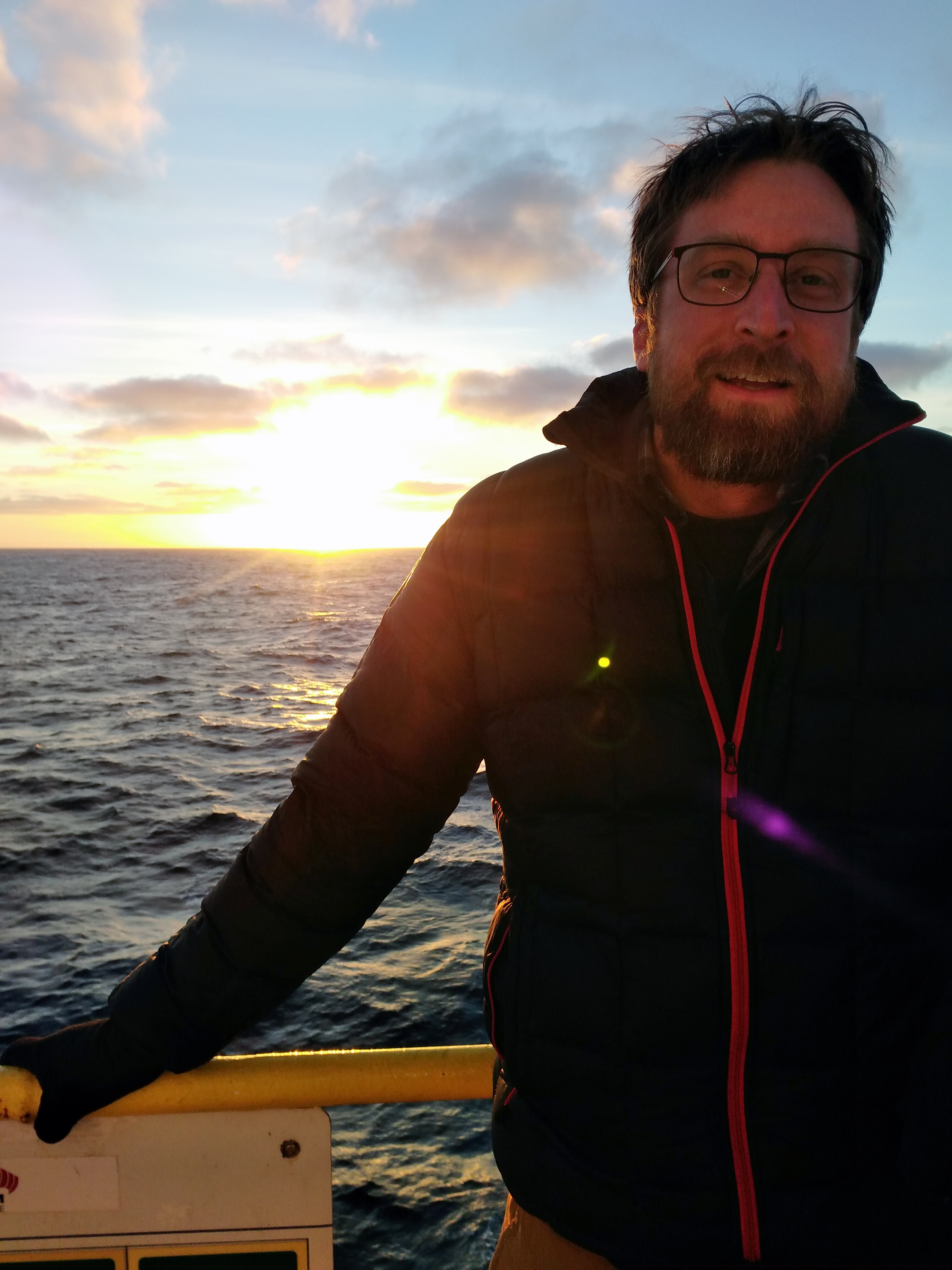
Dr. Brendan Reilly, Co-Chief Scientist
Brendan is a Postdoctoral Researcher at the Scripps Institution of Oceanography in San Diego and the Co-Chief scientist of the Cascadia H.O.P.S. expedition. He has worked globally on the stratigraphy, paleomagnetism, and chronology of sediment cores from offshore Antarctica to Northern Greenland. In 2017, he joined Maureen Walczak and others to collect sediment cores from the RV Oceanus and multi-channel seismic data from the RV Revelle to identify locations that could provide long millions of years records of environmental, oceanographic, ice sheet, tectonic, and geomagnetic change in the Pacific Northwest with future scientific drilling.
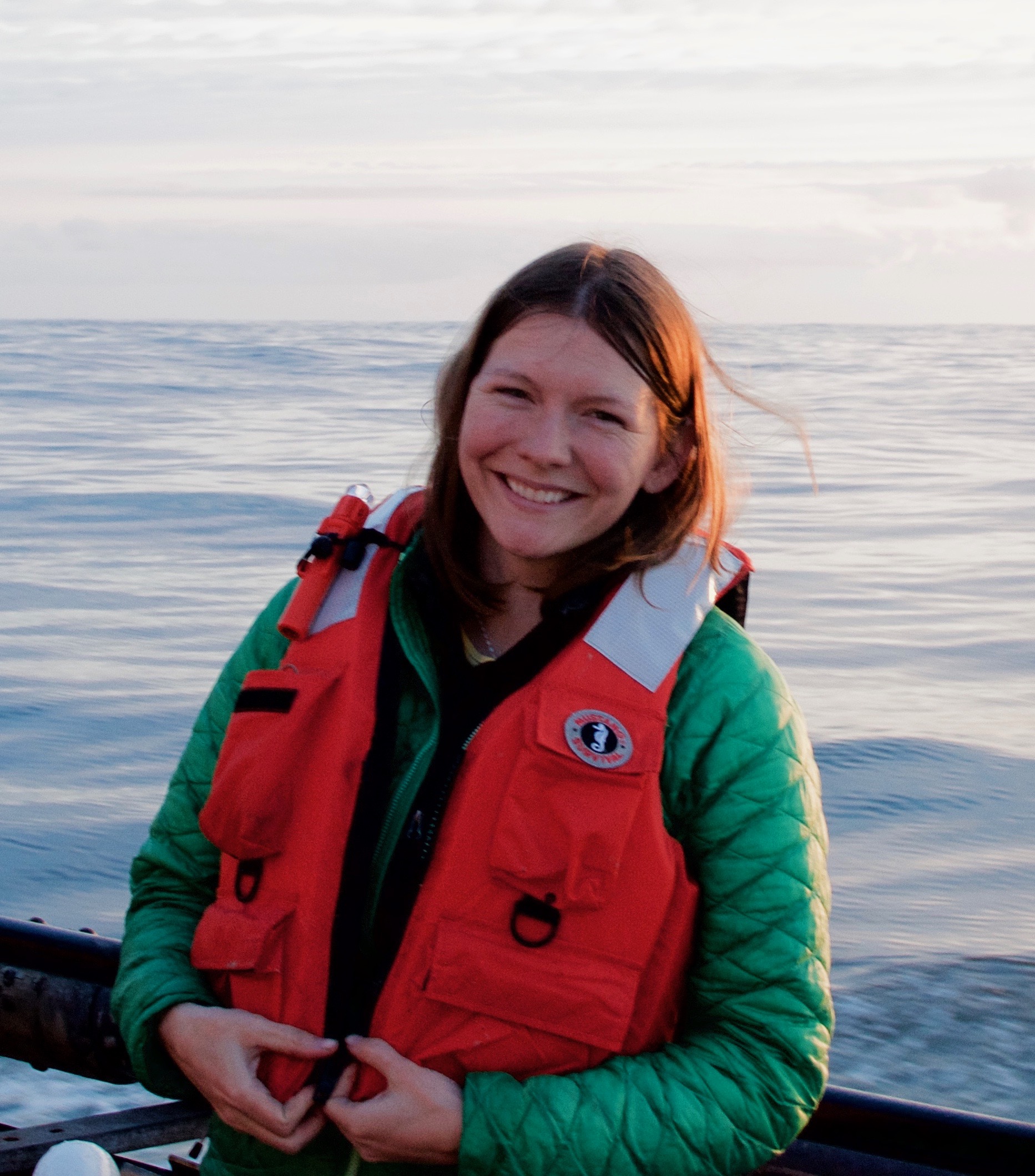
Dr. Maureen Walczak, Co-Chief Scientist
Maureen is an Assistant Professor in the College of Earth, Ocean and Atmospheric Sciences at Oregon State University, co-Director of the OSU Marine Sediment Sampling Group (MARSSAM), and the Co-Chief scientist of the Cascadia H.O.P.S. 2020 expedition. She started working on sediment cores from the Pacific Northwest margin during her Masters Degree at the University of Washington and has since worked extensively on sediment records throughout the Northeast Pacific, including sailing on the International Ocean Discovery Program’s Expedition 341 to the Gulf of Alaska in 2013. In 2017, Maureen led a coring cruise on the Oregon Margin that identified a number of sediment deposits that were excellent archives of Pacific Northwest climate variations extending back 20 thousand years. Cascadia H.O.P.S. will build on those results, targeting similar deposits, covering a larger geographic region, and extending further back in time.

Alyson Churchill, Paleoceanography/Stratigraphy
Alyson is a PhD student in the College of Earth, Ocean and Atmospheric Sciences and will be helping with data analysis and core site selection from shore. Alyson sailed on the RV Oceanus in 2017 as an undergraduate student and helped collect sediment cores. Following the cruise, she completed an undergraduate research project on the stratigraphy of many of the cores, using X-Ray Florescence geochemistry. For her PhD, she is continuing her work to use sediment cores from the Oregon and Washington margins to better understand the oceanographic and climate history of the Pacific Northwest.
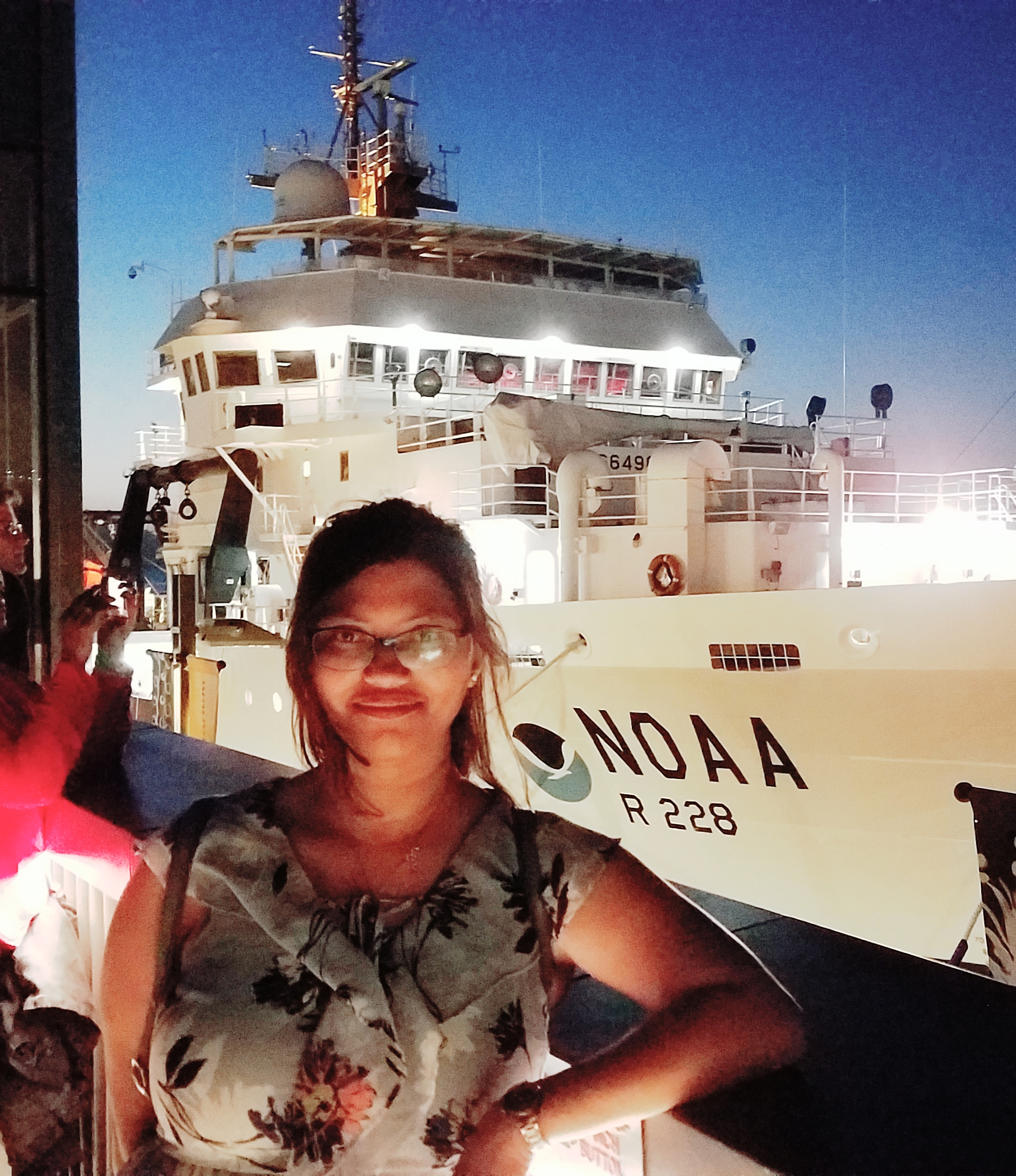
Deepa Dwyer, Geophysical Core Logging
Deepa is a PhD student in the College of Earth, Ocean and Atmospheric Sciences. She will be running the multi-sensor core logger during the Cascadia H.O.P.S. expedition, which can measure various sediment properties, like sediment density and water content, within hours of core recovery. These measurements will help give the science party a sense for the sediments they recover and allow comparison between many of the cores before the cores are even split. Deepa has a strong background in science communication and education, working for many years in educational programming at the Liberty Science Center in New Jersey.
You can follow Deepa on Twitter to get live updates from the expedition: @Cel3st86
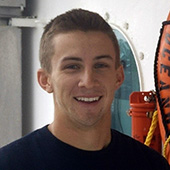
Brandon D’Andrea, Marine Technician
Brandon is a Marine Technician with OSU Marine Operations. He manages much of the ship’s equipment and expedition logistics, helping the expedition achieve its objectives through providing the proper resources, facilitating communication between the science party and ship crew, and having expertise on RV Oceanus’s capabilities. Brandon works closely with others at OSU Marine Operations on the planning and implementation of Cascadia H.O.P.S. and many other oceanographic expeditions.
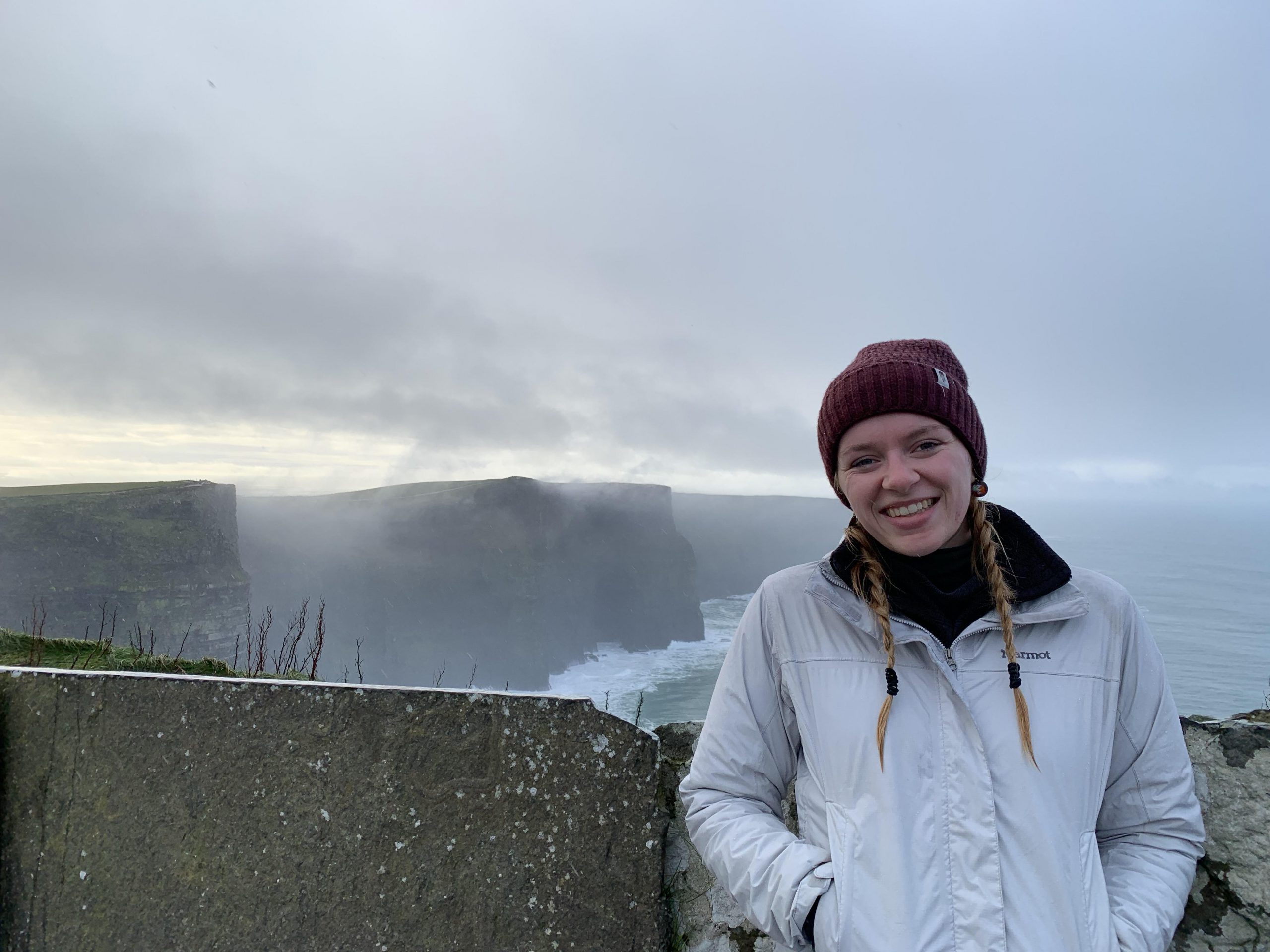
Erin Gregory, REU
Erin is a rising senior at Western Washington University. She is double majoring in Environmental Science and Geology, with interests in paleo climate and climate sciences. She has been assisting an environmental studies graduate student over the past year, and plans to continue that work through the upcoming summer. She is excited to remotely work on the upcoming research cruise and later with the OSU Research Experience for Undergraduates program.
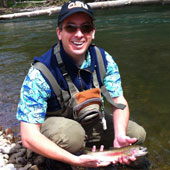
Dr. Brian Haley, Sediment Geochemistry
Brian is an Associate Professor (Senior Research) in the College of Earth, Ocean, and Atmospheric Sciences and will be studying the geochemistry of sediment pore waters from a water depth range with low oxygen concentrations. Sediment pore water chemistry reflects the activities of microbes which respond to food supply (organic materials that reach the sea floor), sediment accumulation rates, and properties of the ocean water near the seafloor. Previously recovered sediment cores suggest large changes in all three of these factors in the past. Brian’s work to help us better understand geochemical processes that are happening today will help us better interpret the processes that drove the changes we see in our downcore sediment records.

Ashley Long, Sub-bottom Acoustics
Ashley is a PhD Candidate in Coastal and Marine Systems Science at Coastal Carolina University. She will be participating in the Cascadia H.O.P.S. expedition remotely to help analyze the acoustic sub-bottom images to help select promising coring locations. She has research interests in deciphering the depositional history of the Astoria Fan as it relates and informs on the tectonic evolution of the region.

Dr. Mitch Lyle, Marine Geology/Stratigraphy
Mitch is a Professor (Senior Research) in the College of Earth, Ocean and Atmospheric Sciences and co-Director of the OSU Marine Sediment Sampling Group (MARSSAM). He will be participating in the Cascadia H.O.P.S. expedition remotely to help develop new technology and methods for recovering sediment cores from the seafloor and analyzing the acoustic sub-bottom images to help select the most promising coring locations. Throughout his career, he has worked on understanding how marine geology, geochemistry, and geophysics can be used to learn about Earth’s climate history throughout the Pacific Ocean and world.
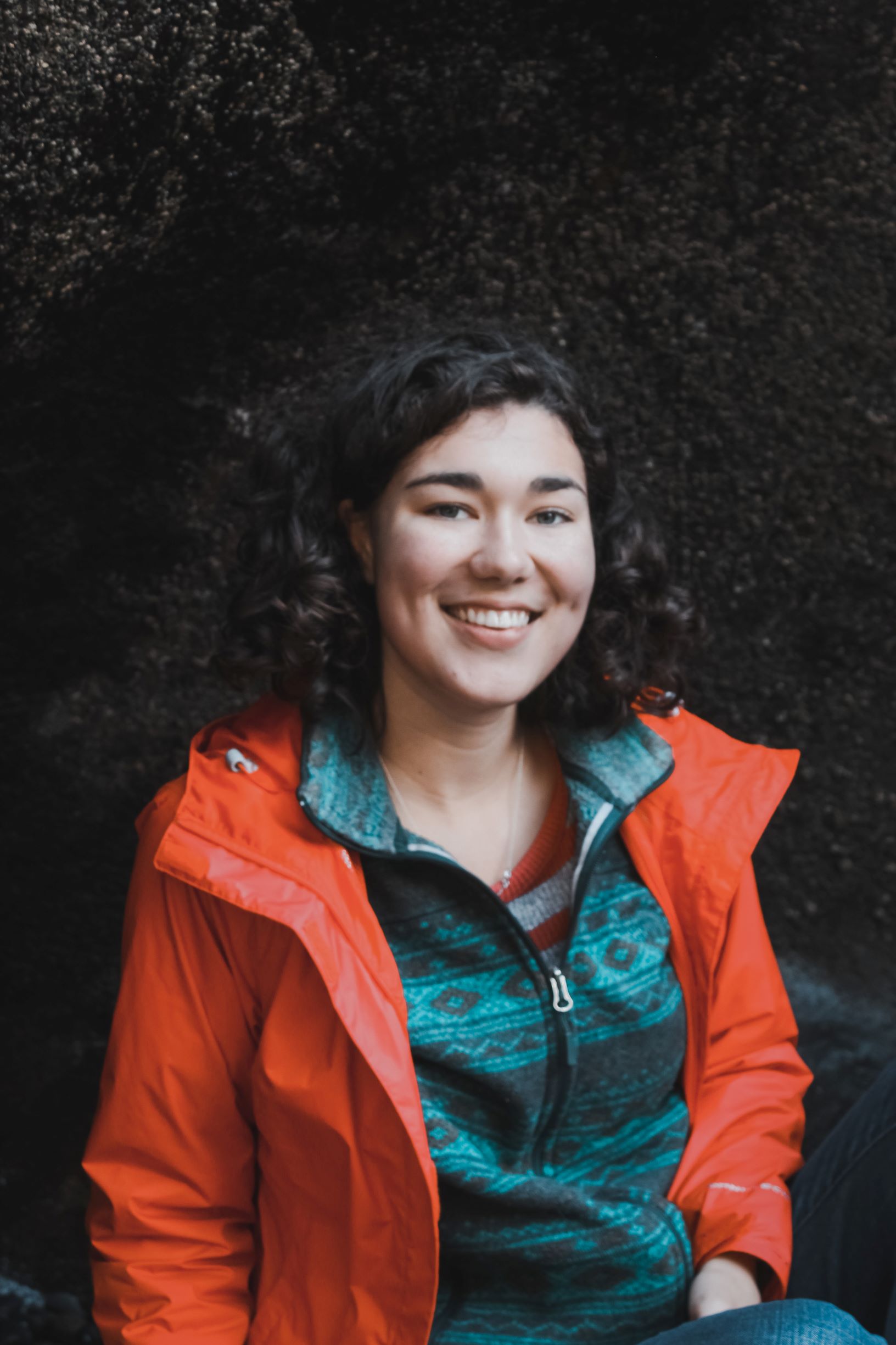
Grace Meyer, REU
Grace is a Junior at Oregon State University studying ocean sciences and geology. She has been researching foraminifera for three years and hopes to continue her studies after she graduates. She will be participating in the cruise remotely as part of the Research Experience for Undergraduates program.

Dr. Alan Mix, Paleoceanography
Alan is a Distinguished Professor in the College of Earth, Ocean and Atmospheric Sciences and has worked for much of his career on Northeast Pacific sediment cores and what they tell us about oceanographic changes on long geologic timescales. He has led and participated in many past sediment coring cruises throughout the Northeast Pacific and the world. Alan runs the Oregon State University Stable Isotope Laboratory and is currently a lead author for the Intergovernmental Panel on Climate Change Sixth Assessment Report, for the chapter, “Ocean, Cryosphere and Sea Level Change.”
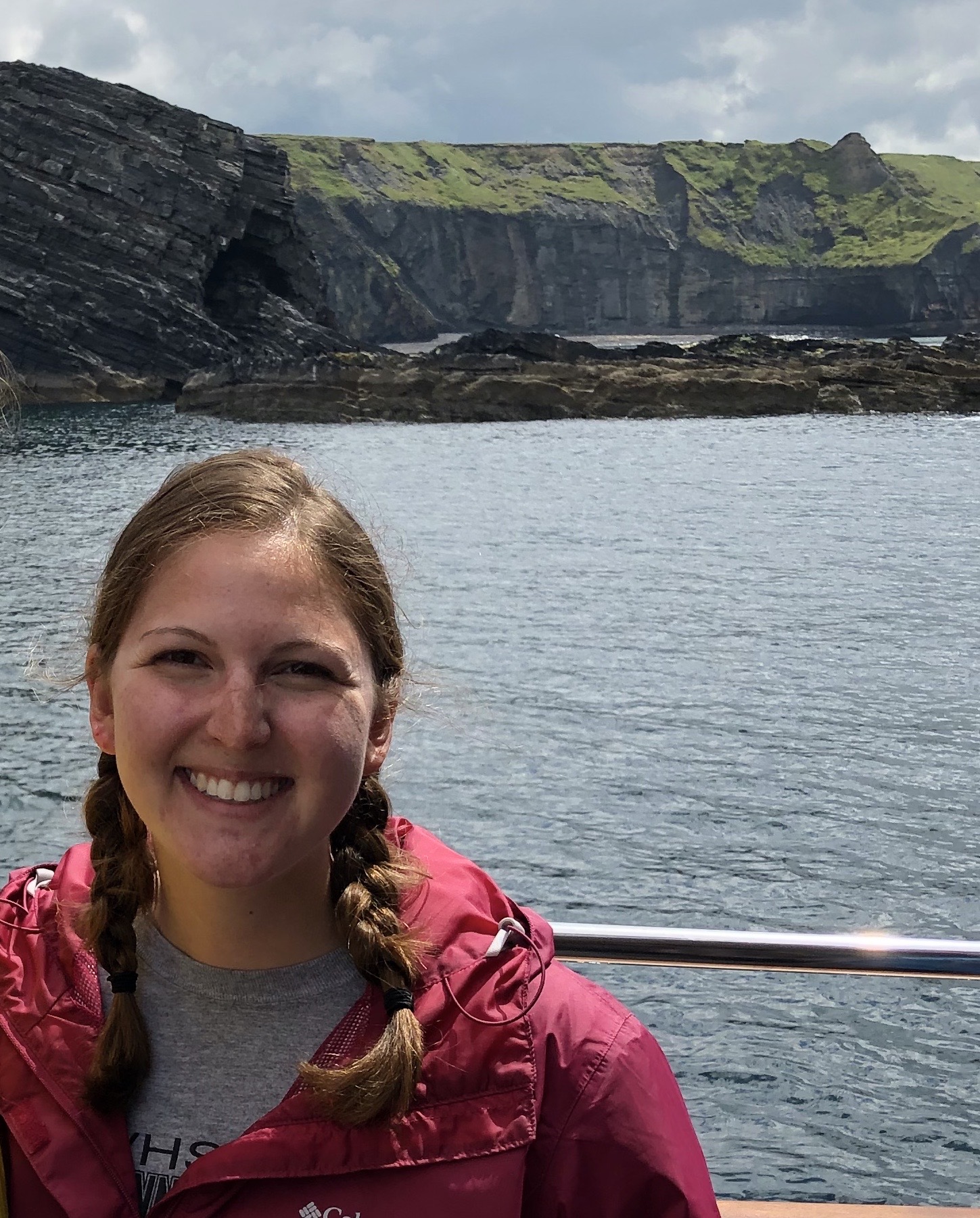
Lindsey Monito, Stratigraphy
Lindsey is a new master’s student in the College of Earth, Ocean, and Atmospheric Sciences at Oregon State University. She has recently earned her Bachelor of Science degree in Geology at James Madison University, where she worked with marine sediment cores from the Gulf of Mexico. Lindsey will be participating in the Cascadia H.O.P.S. expedition remotely and working on the materials we recover for her graduate school research.
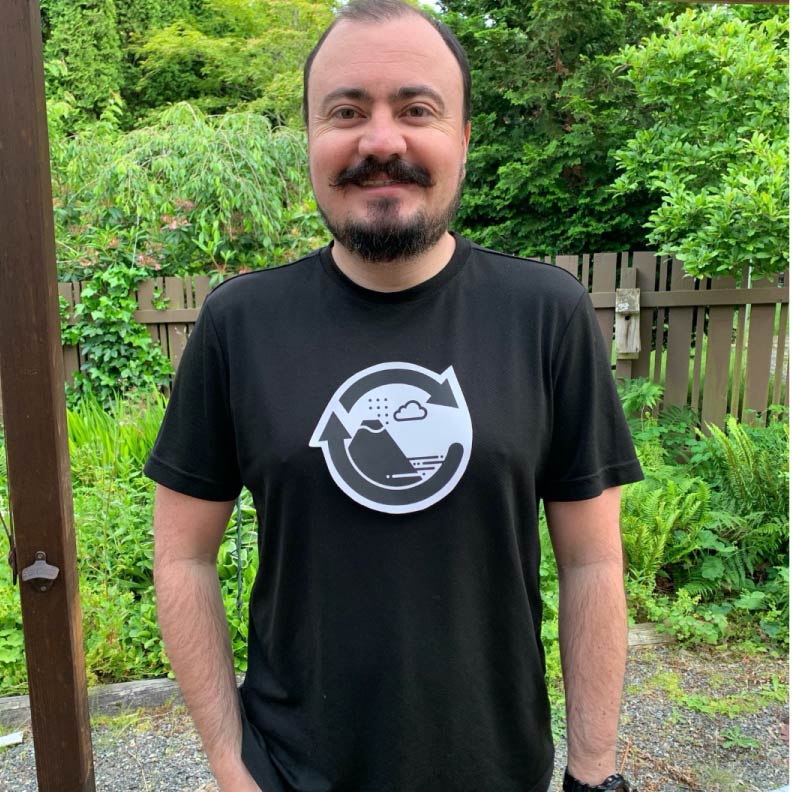
Dr. Camilo Ponton, Sedimentology/Geochemistry
Camilo is an Assistant Professor in the Geology Department at Western Washington University and will be helping with core recovery. Camilo will be studying the organic materials that are buried in the sediments of the Pacific Northwest margin and what they tell us about carbon cycling and past environments.
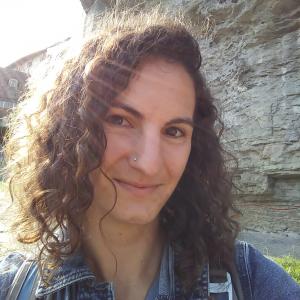
Dr. Valerie Sahakian, Active Tectonics/Sub-bottom Acoustics
Valarie is an Assistant Professor in the Department of Earth Sciences at the University of Oregon and will helping with the collection and interpretation of sub-bottom acoustic images, or using sound to image the structure of the upper ~10 meters of seafloor sediment. These data are critical for characterizing the sedimentary deposits and choosing the best locations to take a sediment core. They can also be used, along with data collected from the sediment cores, to better understand tectonic processes that are occurring on the Cascadia Margin, where oceanic crust is being subducted beneath North American.
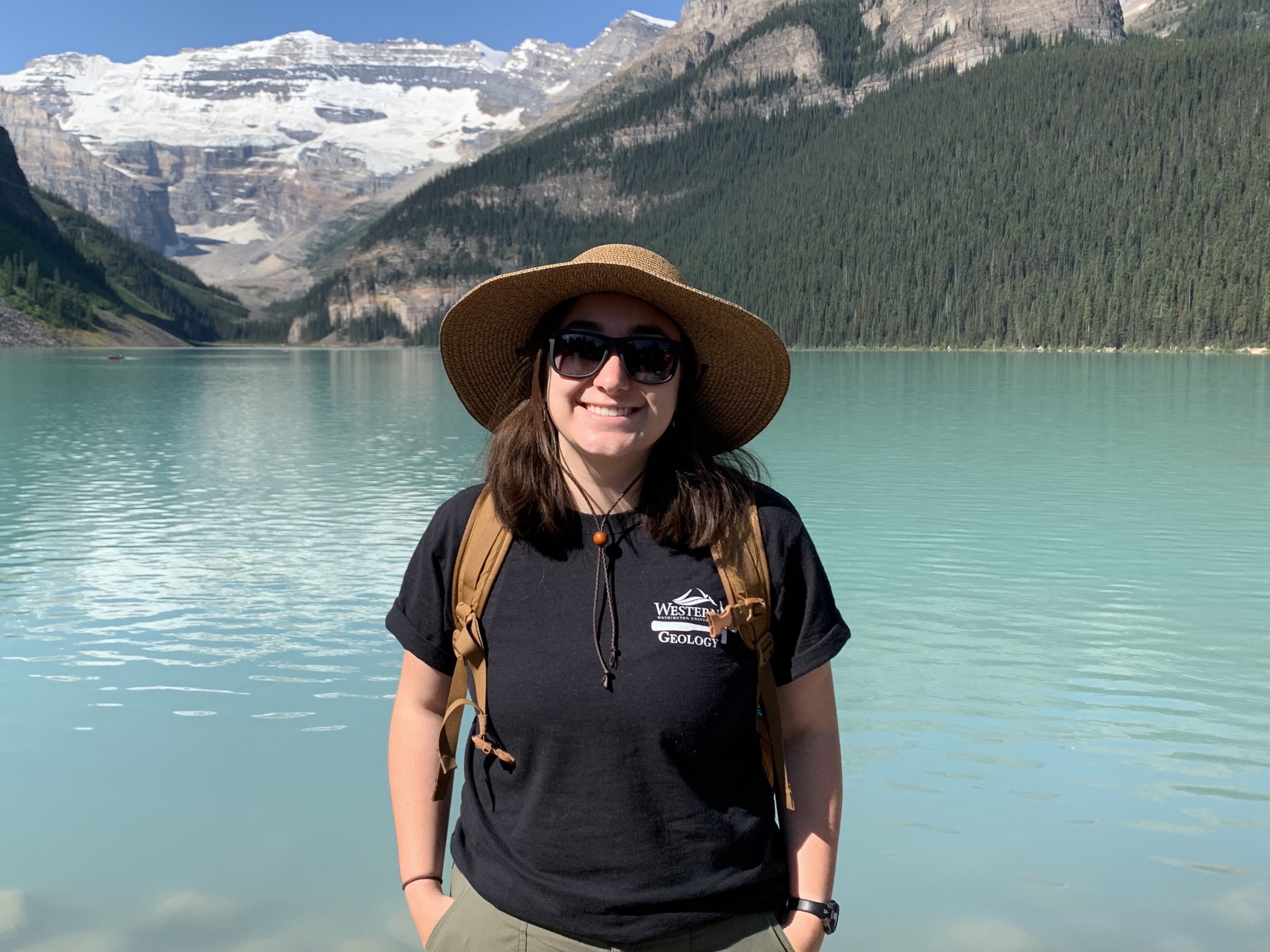
Katie Stelling, REU
Katie is between her junior and senior years at Western Washington University where she has spent the past two years researching Pleistocene foraminifera. She will be partnering with researchers at Oregon State University through the Research Experience for Undergraduates program and participating remotely in the expedition.

Dr. Joseph Stoner, Paleomagnetism/Stratigraphy
Joe is a Professor in the College of Earth, Ocean Atmospheric Sciences and will be helping with core recovery, interpretation of geophysical data, and site selection. Joe runs the Oregon State University Paleomagnetic and Environmental Magnetic Laboratory and is the co-director of the Oregon State University Marine and Geology Repository. Joe has worked globally using sediments to reconstruct past variations of Earth’s magnetic field and how those variations can be used to improve our understanding of stratigraphy, time, and rates of change.
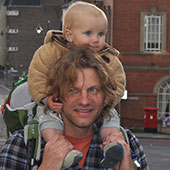
Paul Walczak, Lead Coring Technician
Paul is the Lead Coring Technician for the Oregon State University Marine Sediment Sampling Group (MARSSAM). He has 15+ years of seagoing experience and is a world expert in collecting all kinds of marine geological samples from the seafloor. Without Paul, the Cascadia H.O.P.S. expedition could not happen.
